
And Thana Faroq is proving it to audiences all over the world with her powerful photography. Thana מסביר כי אמנותה מאפשרת לה “לחסל בורות, לחנך ולהעניק השראה, even during times of war.” Born and raised in Yemen, Thana was granted a scholarship at the age of 16 to finish high school in Canada, where she completed the IB Diploma Programme. Obtaining a second scholarship, she travelled to the U.S. to study International Relations and Photography at Clark University.
It is my great pleasure to welcome Thana Faroq to גלובל החיפוש לחינוך. בראיון שאחרי, Thana talks about storytelling through pictures, the role her education played in her incredible journey as an artist, the capacity of the human spirit to prevail, and her big dreams for life moving forward.
What kinds of things are learned by paying attention to street life that are not learned from other sources?
You learn a lot just by observing everyone in the street. People’s spirit and energy are always inspiring. It’s a life that doesn’t stop; there’s something about the unscripted and dynamic moments that can provoke, inspire, or even disturb you. I think I have seen some of the best and worst of humanity since I became a street photographer.
כמו כן, in the streets in Yemen where daily life is beyond difficult, למדתי על יכולת בלתי נתפס כמעט של הרוח האנושית להמשיך. I’ve learned about resilience and strength.
You also get to develop special skills in communicating with and loving people, and interacting with them. לי, there are things in the streets that are far more important than capturing the right moment. Sometimes it’s about making the connection with people out there.
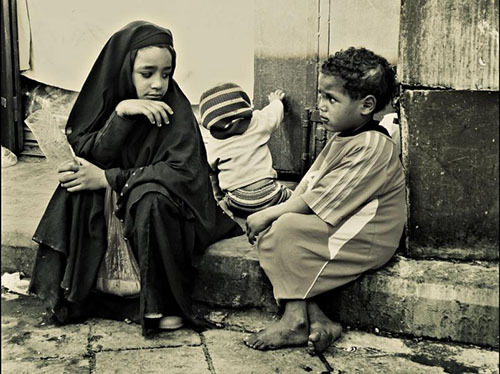
Are there other ways of documenting street life that interest you beside photography?
Currently no, but when I was younger, I used to love writing. I would keep a journal and write about everything that really mattered to me. Street life was among the things I would write about — the people I met and the conversations I would have with them. Sometimes I would take public transportation just so I could listen to people’s stories on the bus. I would enjoy their talk about everything — פוליטיקה, מִשׁפָּחָה, the jokes and the complaints about life. I used to write about it all. Now when I think about it, maybe this was my early documentation of street life. But I felt that words were limiting, they didn’t resonate like photos. They don’t give the instant feelings of the sweet and sorrow that our lives may lead us into. So writing alone was no longer an exciting process and I had to combine it with photography.
What is it about diversity in the kinds of stories we tell children that is especially enriching to their lives?
We all love stories and to a certain extent we were influenced by our bedtime stories. Right? This is important because our children will be raised on stories that they can learn from and relate to, and that will make them think and question the things around them. Stories that cross cultural barriers can describe realities to them and bring new perspectives to their little worlds. They will grow up with real values of tolerance, love and understanding.
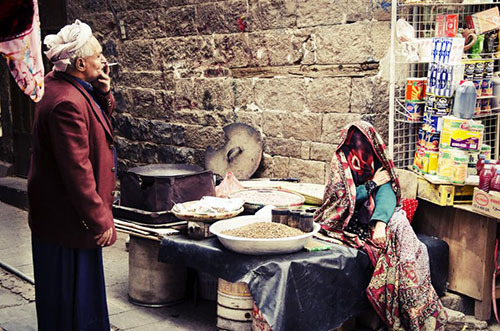
What kind of insight into the lives of a community is gained by seeing a photo of it? What is lost?
I believe that photos are the perfect form to teach us something beyond what is visible to us. You can learn a lot about communities, תרבויות, and people just by “קריאה” the images of them. Photos of a certain community will inform you about its life conditions and ways of living. Sometimes the photo will communicate to you a special experience that you aren’t aware of. בחלק מהמקרים, it will erase a misconception you had about the people in the photo. Photos will not transcend everything of course, but you will get the flavor of what makes communities unique.
עם זאת, I believe that art is subjective and the camera can be misleading. Maybe the story in some photo isn’t the best — or let’s say it’s not an accurate representation of the people in a community. In this case, the truth is lost in here. This is why I talk about “קריאה” a photo, which implies that we make an effort to understand and question photos and the stories they carry to us.
What can we learn from your story? How do we get better at supporting the artistic passions of young people around the world?
Passion has been the driving motive for everything I do. It’s the power that keeps me going in the face of daily life struggles. It’s the motive to challenge the status quo and face the current unfortunate events in my country. When people ask me how am I not afraid of photographing in the streets, I simply smile; I can’t be afraid — I am motivated and I trust my camera. And this is what I want people to learn: to trust their passion, to respond to it with hard work and perseverance because it pays off.
In the case of fine art and photography, there are many great emerging and passionate young artists that people aren’t aware of. It’s unfortunate that we only praise and recognize those who are already established. There’s nothing wrong in looking at how the young generation is expressing themselves. Why don’t we give them the opportunity to examine their talents and to share their stories? Let’s be curious about them. Some of these great talents get buried with time because they haven’t received the necessary attention they need to carry on.
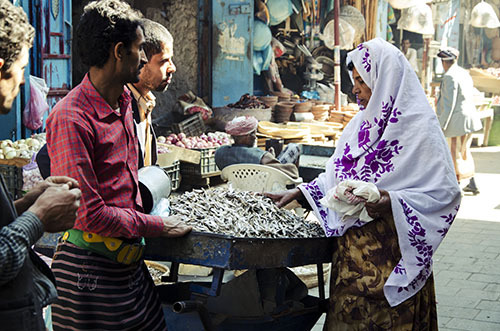
You have said that your education enabled you to do what you do now. Can you explain why you believe this?
By the time I returned home, my interest in street photography had grown, but I knew it was going to be a great challenge. עם זאת, the strength I developed through education allowed me to break barriers and it was my motivation to keep going. My IB education and university degree provided me with unique opportunities to discover myself and to find my true passion.
So often I wonder, what if I didn’t have this strong educational background? Would I be the same person today? אולי, but I wouldn’t have the capacity, the skills and the weapons to be the artist and the woman I desired to be.
My education experience abroad changed my life; it gave me the courage to confront people in the streets who I no longer call strangers. I’m equipped with confidence; I wasn’t scared to document street life in times of war because through education I learned the true meaning of creativity, which is creating the individuals who would make a difference in the world. The world can be as small as their personal life or as big as the physical world itself. The context doesn’t matter. לי, it is Yemen at the moment.
What’s next for Thana Faroq – where do you see yourself 5 שנים מהיום?
I am very inspired by universally recognized photographers such as Steve Muccary, Jimmy Nelsson and Lisa Kristine who traveled the world to capture the essence of human struggle and joy everywhere they went. חמש שנים מעכשיו, maybe I would have a similar experience and become an international photographer touring the globe. I want to explore other communities and cultures and produce iconic images that make an impact and influence the way people see certain things in their societies.
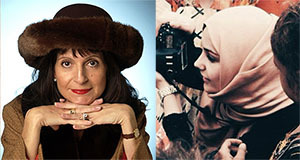
(All photos are courtesy of Thana Faroq)
הצטרף אליי ולמנהיגי מחשבה מוכרת בעולם כולל סר מייקל ברבר (בריטניה), DR. מיכאל בלוק (ארה"ב), DR. ליאון בוטשטיין (ארה"ב), פרופסור קליי כריסטנסן (ארה"ב), DR. לינדה דרלינג-Hammond (ארה"ב), DR. MadhavChavan (הודו), פרופ 'מיכאל Fullan (קנדה), פרופ 'הווארד גרדנר (ארה"ב), פרופ 'אנדי הארגריבס (ארה"ב), פרופ 'איבון הלמן (הולנד), פרופ 'קריסטין Helstad (נורווגיה), ז'אן הנדריקסון (ארה"ב), פרופ 'רוז Hipkins (ניו זילנד), פרופ 'קורנליה הוגלנד (קנדה), הכבוד ג'ף ג'ונסון (קנדה), גברת. שנטל קאופמן (בלגיה), DR. EijaKauppinen (פינלנד), מזכיר המדינה TapioKosunen (פינלנד), פרופ 'דומיניק לפונטיין (בלגיה), פרופ 'יו לאודר (בריטניה), לורד קן מקדונלד (בריטניה), פרופ 'ג'ף מאסטרס (אוסטרליה), פרופ 'בארי McGaw (אוסטרליה), שיב נדאר (הודו), פרופ 'R. נטריגין (הודו), DR. PAK NG (סינגפור), DR. דניז אפיפיור (ארה"ב), שרידהר ךאג'גופלן (הודו), DR. דיאן ראוויטש (ארה"ב), ריצ'רד וילסון ריילי (ארה"ב), סר קן רובינסון (בריטניה), פרופ Pasi Sahlberg (פינלנד), פרופ Manabu סאטו (יפן), אנדריאס שלייכר (PISA, OECD), DR. אנתוני סלדון (בריטניה), DR. דוד שפר (ארה"ב), DR. קירסטן Immersive Are (נורווגיה), קנצלר סטיבן ספאן (ארה"ב), איב Theze (LyceeFrancais ארה"ב), פרופ 'צ'רלס Ungerleider (קנדה), פרופ 'טוני וגנר (ארה"ב), סר דייוויד ווטסון (בריטניה), פרופסור דילן Wiliam (בריטניה), DR. מארק Wormald (בריטניה), פרופ 'תיאו Wubbels (הולנד), פרופ 'מייקל יאנג (בריטניה), ופרופ 'Minxuan ג'אנג (סין) כפי שהם לחקור שאלות חינוך תמונה הגדולות שכל המדינות מתמודדות היום.
גלובל החיפוש לחינוך עמוד קהילה
C. M. רובין הוא המחבר שתי סדרות מקוונות רבים קוראות שלהיא קיבלה 2011 הפרס אפטון סינקלר, “גלובל החיפוש לחינוך” ו “איך וויל אנחנו קראו?” היא גם מחברם של שלושה ספרים רבי מכר, כולל אליס בארץ הפלאות Real, הוא המוציא לאור של CMRubinWorld, והוא משבש קרן עמית.


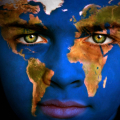

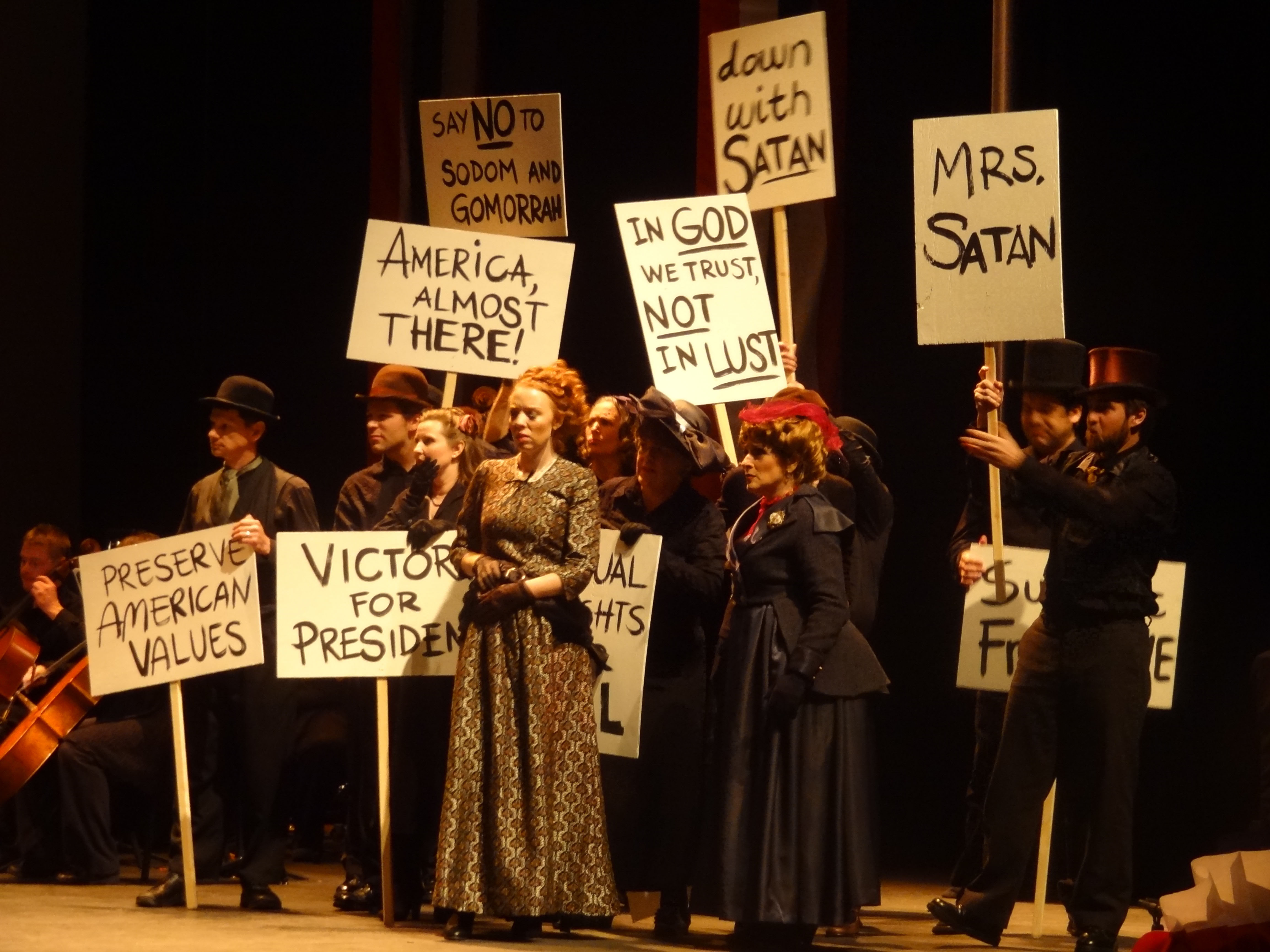
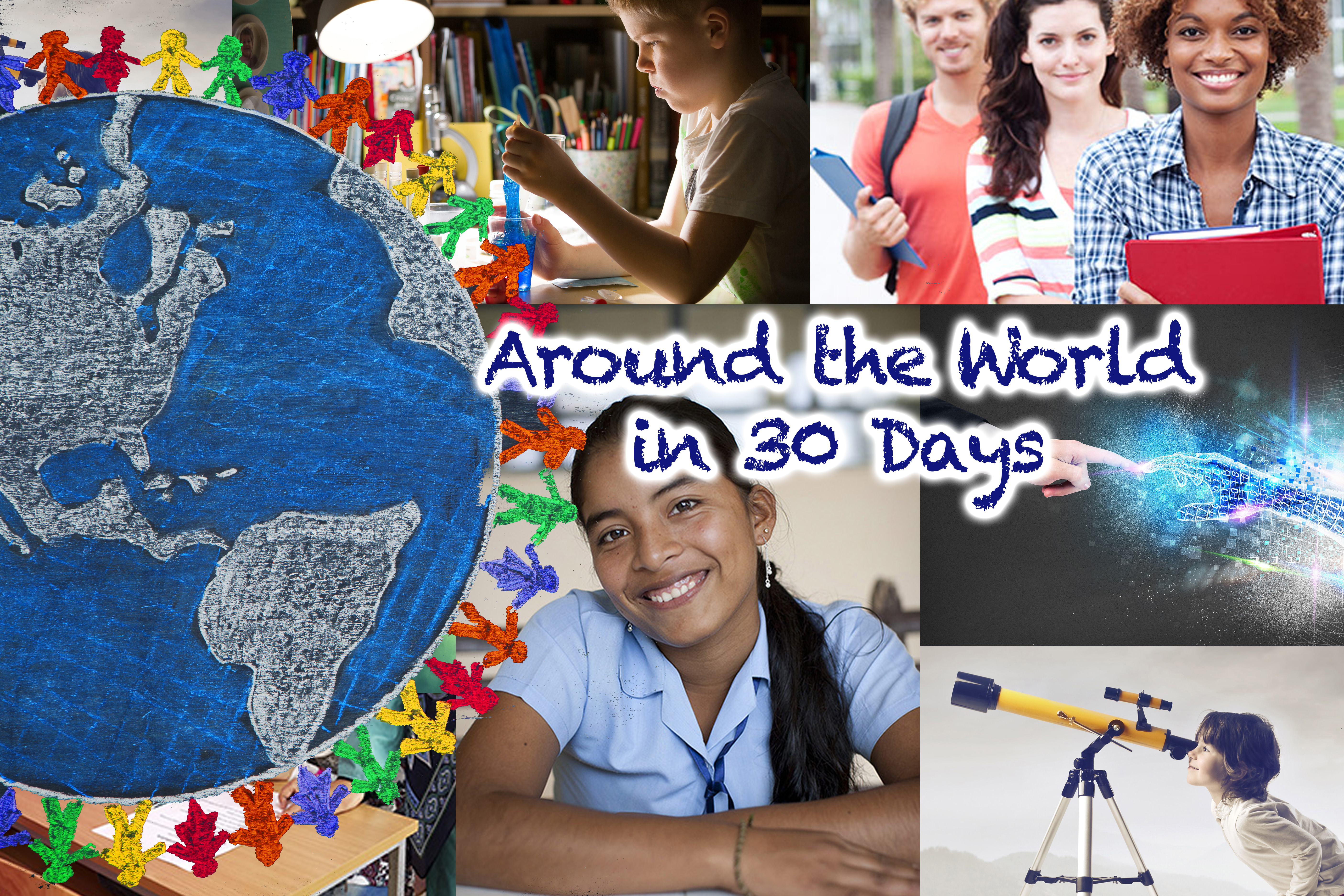
תגובות אחרונות